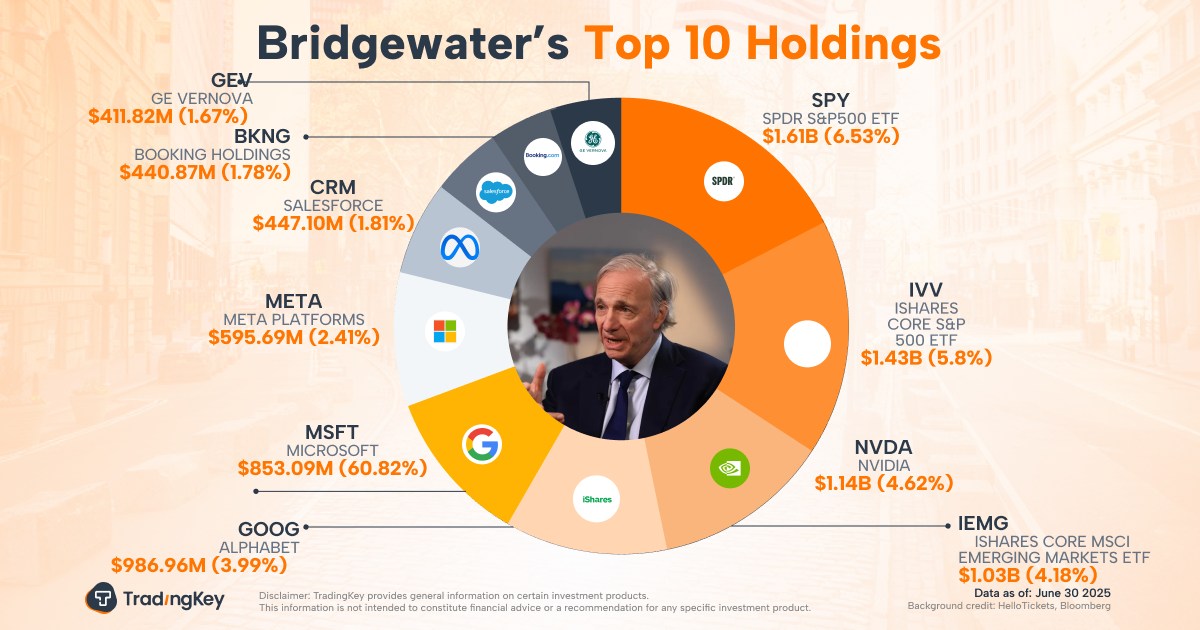UK savers squeezed as inflation outpaces falling bank rates

Savers face the prospect of their money being eroded by inflation for the first time in nearly two years after UK banks cut interest rates following last week’s Bank of England (BoE) base rate reduction.
According to the financial data site Moneyfacts, over 20 savings providers, including NatWest, Chase, and Santander, have lowered customer rates. On August 7, the BoE reduced the base interest rate by 0.25 percentage points to 4%, a move that lenders have begun passing on to savers.
Inflation threatens to erode the real value of consumer savings
These cuts mean that some customers may see the real value of their savings decline. Inflation unexpectedly rose to an 18-month high of 3.6% in June, with the BoE now forecasting it could peak at 4% in September.
“If inflation reaches 4% as predicted, many savers won’t actually be beating that on a variable rate,” said Rachel Springall of Moneyfacts. “It shows that real-term savings are at risk of being eroded.”
Moneyfacts data shows that the last time average savings rates fell below CPI inflation was in October 2023. The data covers interest paid on easy access accounts, notice accounts, cash ISAs, lifetime ISAs, junior ISAs, and children’s savings accounts. Banks acted quickly to reduce rates, in contrast to the slower pace seen when raising them. In 2023, then-Chancellor Jeremy Hunt criticized banks for “taking too long” to pass on interest rate increases to savers.
Despite the 0.25 percentage point fall in base rates, some banks cut rates for account holders by more than double. Between August 7 and August 12, Atom Bank lowered the Instant Saver Reward account rate from 4.51% to 3.93%, a 0.58 percentage point drop.
OakNorth Bank reduced the rate on its 20-day notice account by 0.34 percentage points to 3.78%. Skipton cut its Cash ISA Saver and Children’s Trust Saver by 0.5% each. The UK’s largest banks were more conservative. Santander cut its Junior ISA by 0.10 percentage points to 2.7%, while NatWest reduced its cash ISA by 0.25% and its Help to Buy ISA by 0.20%.
Savers urged to monitor accounts as more rate cuts loom
While borrowers welcome last week’s rate cut, its impact will be slow to reach most. Only those on variable-rate mortgages tracking the base rate will see immediate benefits.
The Bank of England now expects inflation to peak at 4% in September, according to its latest Monetary Policy Report. This is double the Bank’s target rate and slightly higher than the 3.8% projection it made in May.
Despite inflation running above the desired level—which would typically rule out a rate cut—the economy has shown weak growth, and concerns are mounting over the labour market. Governor Andrew Bailey described the decision to lower interest rates as a “finely balanced” one. Springall advised savers to stay alert but warned that switching accounts now may not be effective.
“Customers could move their account now, only to find that the new provider also cuts rates soon after. For those on variable-rate deals, the best approach is to monitor rates closely,” she said.
The average two-year mortgage rate dropped to 4.99% and analysts called that a “benchmark” moment for homeowners, noting that lenders are “bidding more aggressively.”
The BoE cut rates five times since last August, but there was little unanimity at the latest session of its Monetary Policy Committee, and it is unclear when further reductions might occur. A Moneyfacts spokesperson said that while mortgage rates are moving in response to the Bank’s cuts, they will be far from drastic.
Get seen where it counts. Advertise in Cryptopolitan Research and reach crypto’s sharpest investors and builders.

.jpg)



